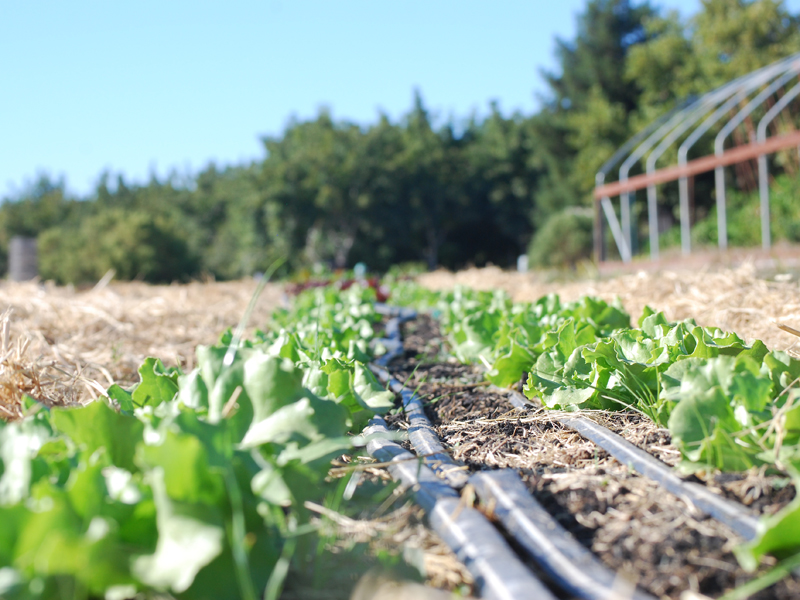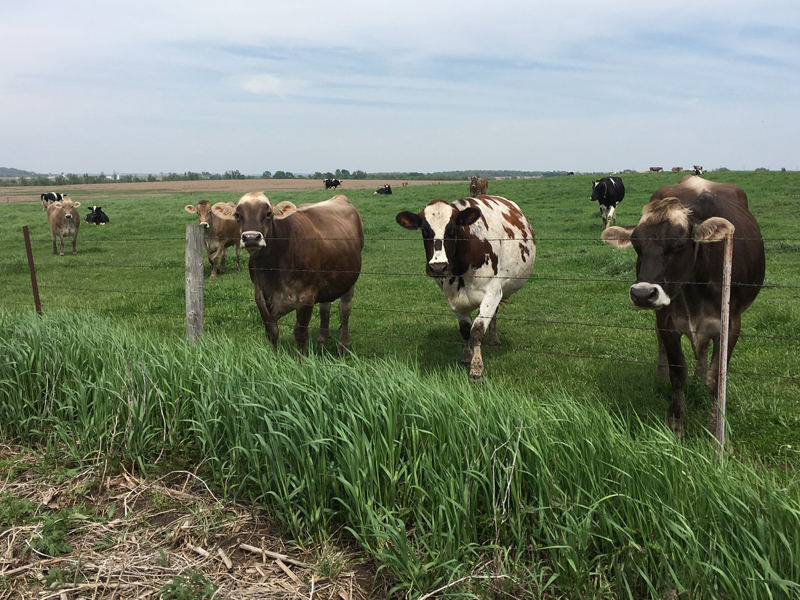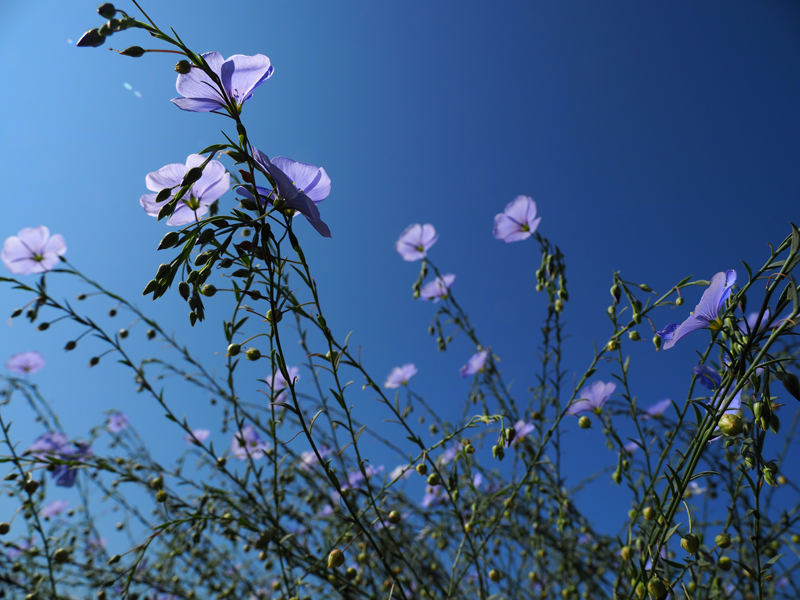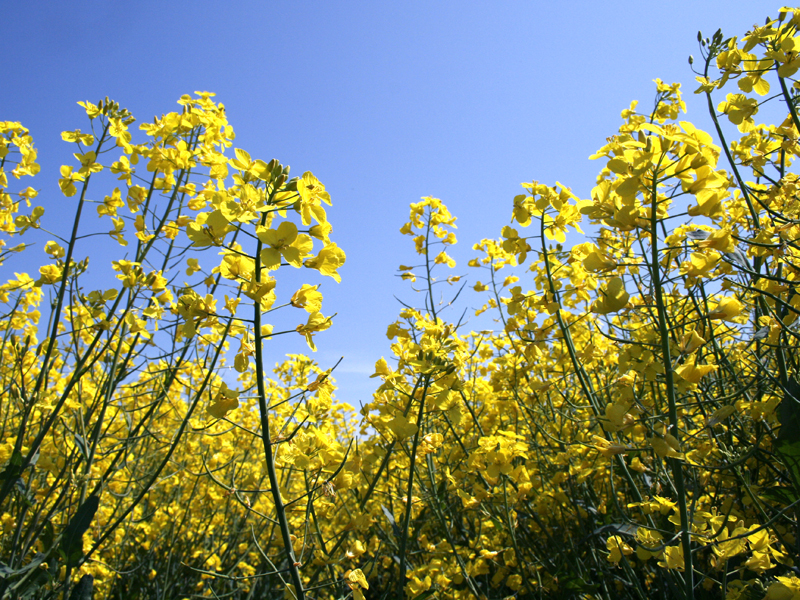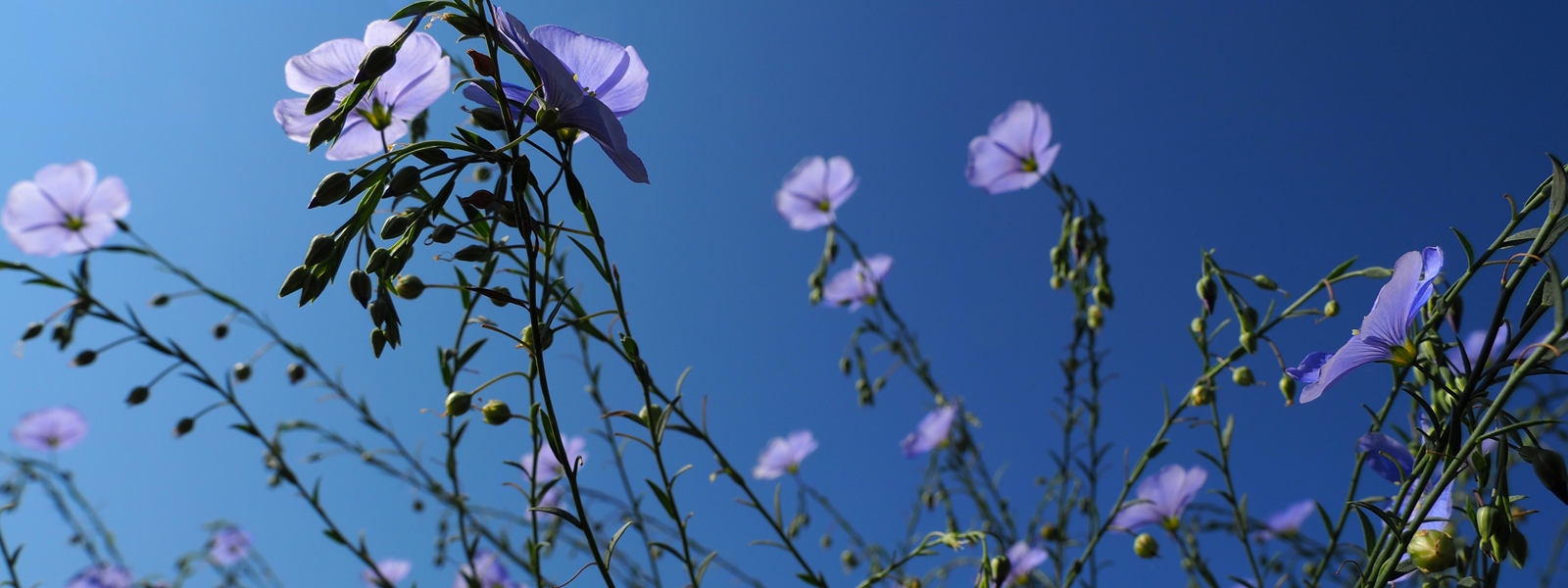
Crop Types
Food crops
Food crops, in agronomic terms, are different from feed crops. They are the crops we are most used to seeing in produce sections, as well as vegetable- and grain-based processed foods (oils, starches, proteins, and flours). Wheat, soy, and corn cover the most farmland in the United States. However, most of the wheat you buy comes in the form of bread, pasta, and other products made from wheat flour. The same goes for corn and soy. (Read more about sorghum grain crops.)
Many people envision that vegetable crops are grown on small farms for farmers' markets. In reality, most vegetables are grown on large, specialized farms. They have many custom-designed pieces of machinery to help ease the labor. Fields may cover hundreds of acres, and farms may be spread over several states. This helps ensure a steady supply of fresh produce to the market. (Read about efforts to reduce weeds in these crops with robotic weeders, here.)
In the United States, major vegetable crops include potatoes, lettuce, peppers, tomatoes, squash, sweet corn, green beans, and watermelon (watermelon is included here as it is grown like a row crop, on the ground).
Interested in reading more? Find out about what agronomists are doing with rice, sorghum, potatoes, soybeans, sweet potatoes, and barley.
Feed crops
Alfalfa and other forage crops are grown for their stems, leaves, and other edible plant parts. Livestock either graze these crops in fields or eat stored forages. Stored forms include:
- Hay crops that are cut while still green, allowed to dry in the field, and then processed and stored before being fed to livestock. (Hay and straw are not the same! Read more in this blog.)
- Silage crops that are harvested in a green, succulent condition and then stored under oxygen-deprived conditions. Controlled fermentation then breaks down plant sugars into organic acids, especially lactic acid.
- Green chop that is cut, harvested, and fed to livestock while still green and wet.
Fiber crops
You might not think of your cotton jeans as coming from a crop, but cotton is big business! And cotton growers benefit from the researchers and practitioners who work with them. Cotton needs water, nutrients, and all the other things crops need to grow good yields. Industrial hemp, which was previously banned from production in the United States (now changing in some states, and in others grown by special permission), is also a fiber crop.
Fuel crops
Beginning in the 1990s, the United States has been working toward more energy independence. Biofuels and biodiesel crops became of interest in many states. There are even incentive programs to grow these crops. They are grown to be processed into ethanol and biodiesel.
- Sugar-based biofuels, such as ethanol, are made from the fermentation of plant sugars. Major sources of these sugars include sugar cane and corn grain. Other sources include wheat, barley, rice, grain and sweet sorghum, and sugar beets.
- Cellulosic biofuels: Research continues to find ways to make biofuels from plant materials like corn stalks, hay, or woody crops. These types of fibrous plants contain large amounts of cellulose. Cellulose can be processed into sugars, and then fermented to ethanol.
- Biodiesel: Commonly produced from vegetable oil, biodiesel can be made from most plants that produce oil–usually seed plants. Common sources of biodiesel include rapeseed, sunflower, soybean, palm, and camelina. Peanut oil was actually the first biodiesel burned in Adolf Diesel’s newly-invented engine in 1913.

